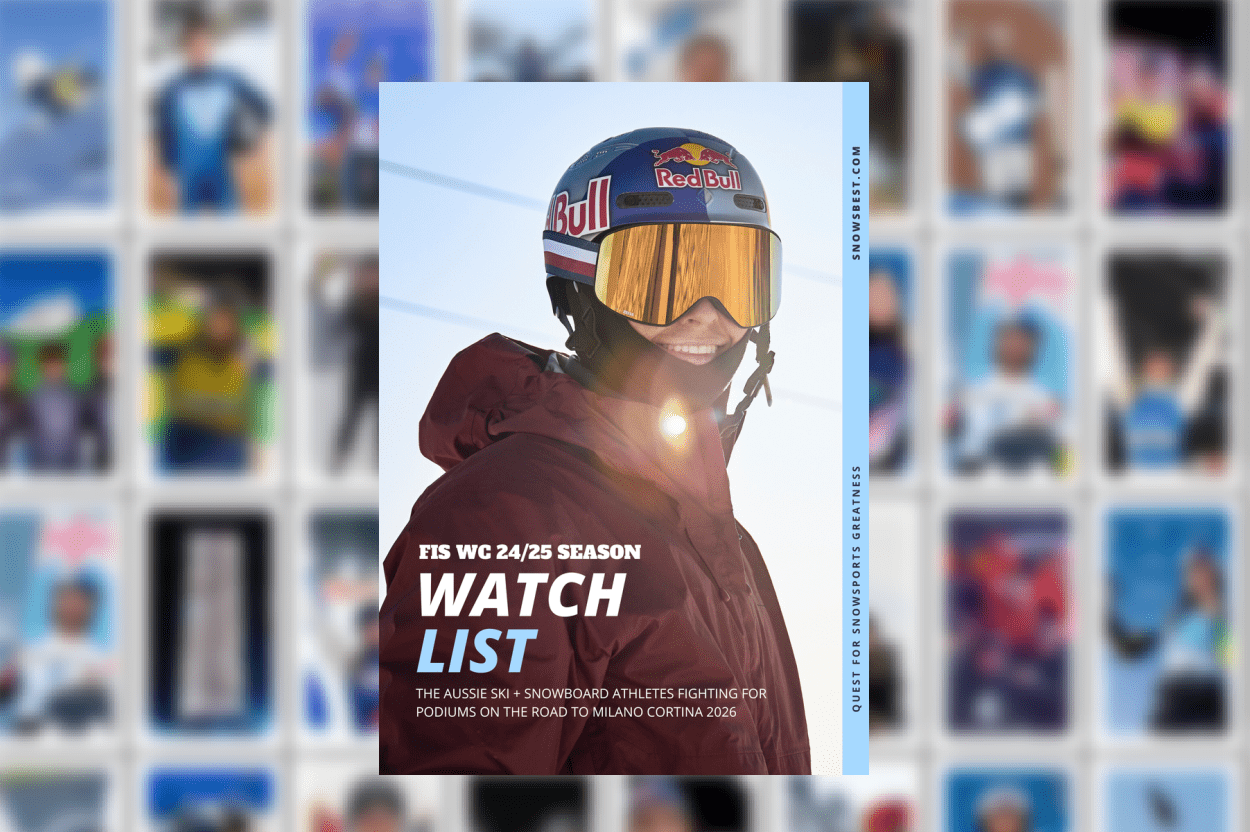With big snowfall forecast this week ahead, it’s time to refresh your driving snow skills.
Getting to and from the ski fields in Australia requires navigating winter conditions, especially in the national parks – everything from choice of petrol for alpine regions to how to park your car.
So we’ve curated some simple driving and car tips to help you drive and arrive safely.
Stock up
It’s best to keep a bundle of gear in your car for cold conditions, you never know when you’re going to get stuck by a blizzard, snow traffic jam and the like. Think energy food, water, extra jackets, scarves, gloves, blankets.
Gear up
Ensure your car has an ice scraper for the windscreen, a flashlight in the glove box, spare winter tyres, snow chains, power banks for your phone, anything you may need should you break down in the cold.
Tyres and chains
At best you’ll want winter tyres to ensure good grip on all snow roads, otherwise snow chains for your tyres and ensure your tyres are inflated properly for the lower temperatures and that they have plenty of tread.
You can rent snow chains close to the ski fields from most petrol stations. If your car is a 2WD then it’s compulsory to carry snow chains when entering Kosciuszko National Park. When required the chains are fitted either on the back wheels for rear wheel drive or front wheels for front wheel drive. If your car is a 4WD or AWD you will still need chains if the weather changes severely.
Remember to also pack a ground sheet for when you have to leave your vehicle to fit chains while in winter conditions in allocated chain bays. Once fitted you’ll need to drive slowly, 20 to 40 kilometres per hour.
Petrol
You’ll want to ensure your tank is at the very least half full at all times. If your car is older then add anti freeze to the radiator, otherwise ask your mechanic what coolant you will need. Alpine diesel fuel is available for diesel engines to ensure your diesel fuel doesn’t freeze.
Driving
It goes without saying to adjust your speed to the conditions, when the weather deteriorates the it’s time to slow down and allow extra distance between yourself and any cars in front and behind you. Braking in winter conditions takes longer and it’s best to brake slowly and gently so as to stay in control.
If you’re in a white out then look for reflective snow poles that are usually bright orange. If you can’t see anything then pull over until the weather passes. If you do pull over while waiting for a weather break then ensure you put on your hazard lights or blinkers.
Skidding out
If you feel your car sliding then always direct your eye line to where you want to go. It’s tempting to simply look where the car is heading, but the way to correct the skid is to look where you want to be.
Parking
When you get to your destination then look for appropriate parking markers away from snow clearing vehicles. Remember hand brakes can freeze so put the car in gear, park on a flat area and don’t put on the hand brake. Place your windscreen wipers in plastic bags or lift them from the glass so they don’t freeze to the windscreen. You can even fill your windscreen washer with alcohol to ensure water doesn’t freeze on the glass.
Hot snow chain tip
Fit your car with chains when you park the car at your resort destination, that way if the weather changes before you leave you’ll be prepared for the drive out.






























